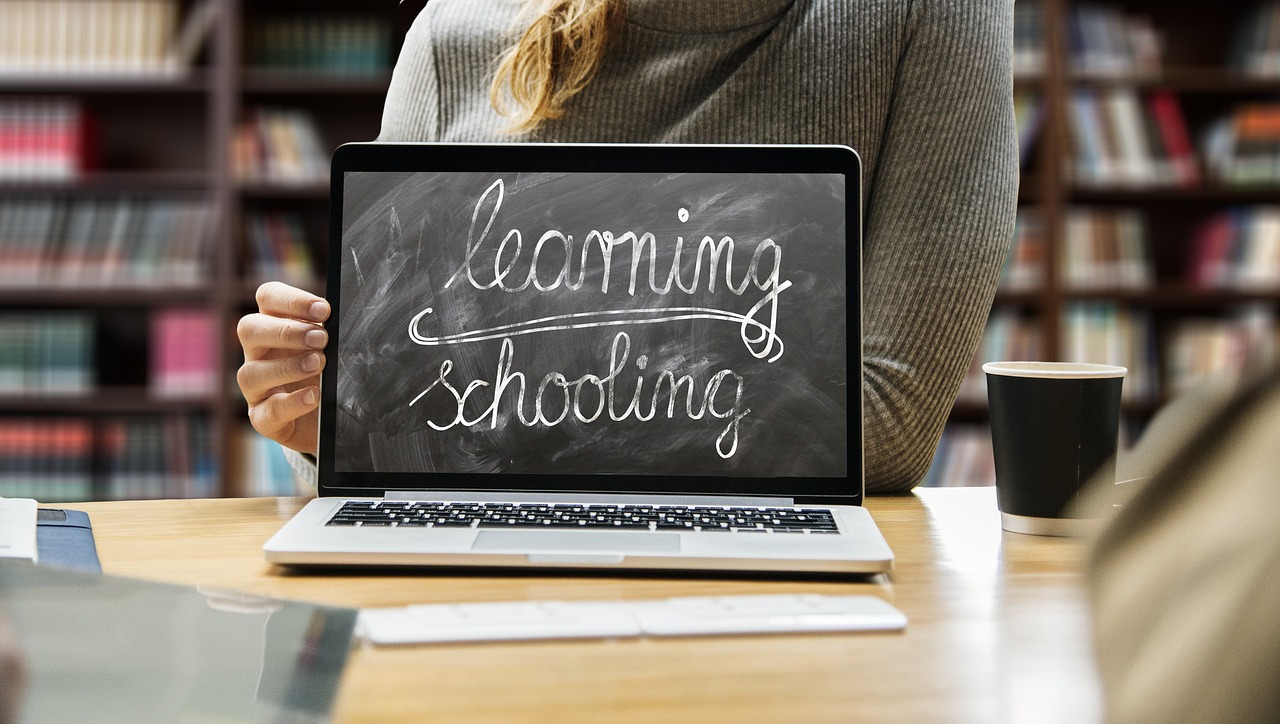Can Student Tracking Improve Learning?

Here are a few ways that keeping student records can help you study better.
System for Tracking Students
The growing awareness of the inefficiencies of existing education systems is prompting institutes to implement new methods of education across schools. The institutions’ primary goal is to help students develop their talents and improve their school-based learning results. As a result, there is a critical necessity to track students’ development over time to comprehend and help them through the disciplines.
Tracking a student’s growth is important not only for the student but also for the teacher who has been teaching kids for years. It is critical to comprehend students and their inadequacies, strengths, limitations, attitudes, and nature toward their studies to create considerable improvement among them. This will assist faculty in analyzing and comprehending what improvements need to be made in the teaching system, which will help teachers to assist pupils in learning more effectively.
Previous growth statistics can be used to monitor student progress, and teachers and parents can see if students are making progress in their disciplines.
Here are seven ways that keeping student records might promote learning:
#1. Improved Student And Teacher Evaluation
Keeping a student record allows the teacher to get to know and understand each student on a more personal basis. This allows the teacher to monitor the student’s development and determine whether the student is working hard enough to exhibit substantial growth. The teacher can learn about the student’s weak subjects and personality characteristics. This will allow kids, instructors, and parents to focus on strengthening the poor areas rather than spending too much time on the excellent ones. Because this data is unique to each student, knowing each kid personally would allow the teacher to provide more precise feedback. The student’s growth throughout time is influenced by his or her track record.
Keeping track of all the students each semester, on the other hand, is a lot of work for the professors to remember and give value to. There is a chance that the faculty will miss out on certain students, as well as the likelihood of blunders.
The introduction of a student monitoring system allows teachers to quickly assess students’ achievement over the previous years. The teacher does not have to recall each student, but they can provide tailored feedback to assist the student to learn better.
Furthermore, teachers can evaluate themselves depending on how much better their pupils perform each semester. This allows them to determine whether any changes to their teaching methods are required, thereby boosting their performance.
#2. Encourage Extracurricular Activities
Can you believe how many dancers have died as a result of stage fright? Tracking the students’ records at the institute based on their behavior, personality, achievements, and participation in extracurricular activities might assist the students in seeing overall improvement. If a kid is not highly involved in athletics, the teacher can urge them to be. This will assist the students in becoming self-assured adults in the future. Furthermore, other characteristics of the kids, such as shyness, fear, or lack of confidence, can be assessed, and the students can overcome these characteristics from a young age.
Making the student monitoring data available to parents will assist them in better understanding their child’s school conduct. In this approach, parents can become involved in their children’s school activities and assist them in reaching their goals.
#3. Motivating Students
Tracking students’ performance regularly allows teachers to award pupils based on the amount of development they have made, rather than who has topped the class or scored the highest marks. This encourages pupils to strive to outperform themselves rather than simply outperform the highest-scoring student.
This minimizes the idea of comparison or unhealthy competition among students, allowing them to foster knowledge exchange and assist one another with the curriculum. As a result, everyone in the class is performing better than before. Furthermore, comparing each student’s development will motivate them to do better the next time. Students can become better learners for the rest of their lives if they work with their teachers.
#4. Advancing the Institute to Excellence
Every year, schools can review student data and focus on the adjustments that need to be addressed. . Students change every year, and prior teaching approaches have become obsolete over time. Student tracking data assists schools in determining which systems need to be changed and in what ways, resulting in better learning resources for students.
#5. Reliable Attendance Tracking
Improved student attendance has been shown to improve learning outcomes at institutes. The student information system enables professors to track students’ attendance online. This reduces the need for manual attendance, assists kids in tracking their attendance, requires parental clearance for absentees, and motivates students to attend school. The attendance method improves transparency among staff and parents, allowing pupils to be better learners.
#6. Teamwork between parents and teachers
By evaluating the pupils’ performance, parents can quickly contact the teachers about their difficulties and deficiencies. Furthermore, teachers may easily communicate with parents about their students’ development based on data, and assist them to understand their tendencies so that both of them can help the student become a better learners at the institute.
#7: Simple Interaction Between Students and Teachers
Depending on the system’s statistics, teachers can readily learn about their pupils’ performance and guide them. The teacher can make a list of pupils who are having difficulty with specific subjects and then help them individually as a group. This enhances the students’ focus on their weak points.
Conclusion
The student monitoring system assists teachers and students in working more efficiently by removing needless manual chores and focusing solely on learning results. Along with student achievement, the monitoring system keeps track of students’ attendance, details, emergency contacts, and other information.
The increasing use of innovative modes of learning, as well as the advent of tools for management and administration, are assisting institutes in providing a better educational experience. The development of student monitoring system software has aided numerous institutes in managing and comprehending each student’s progress on a personal basis.






